The 'Big Book of Things to Know by 8Вѕ' shows Wanda some very tiny creatures
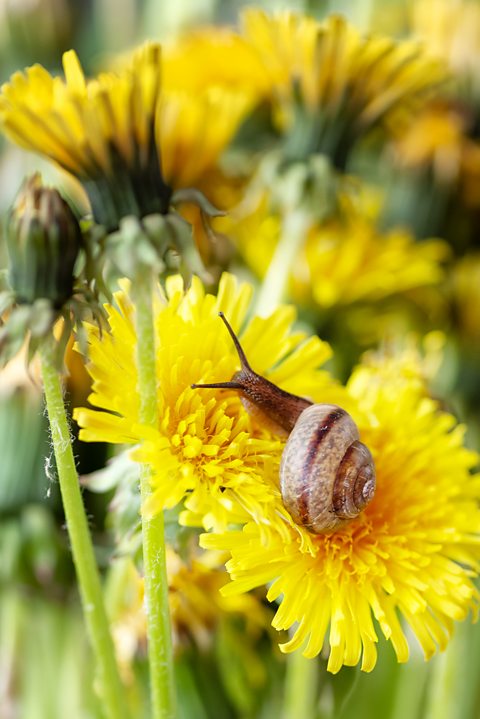
What are minibeasts?
Minibeasts are wonderful things! There are over 25,000 different types in Northern Ireland.
Minibeasts are small creatures, like worms, snails, insects and spiders. The scientific term for them is invertebrates, which means that they don’t have a backbone.
Invertebrates make up approximately 97% of the creatures on Earth, and they have been living on our planet for about 550 million years!
Most of the different types of minibeasts are insects, but others you will recognise are spiders, beetles, snails, worms and centipedes.
Because they don’t have a backbone, minibeasts tend to have other structures which support and protect them. Snails have shells, while many insects and spiders have an exoskeleton, which is a hard casing on their outside.

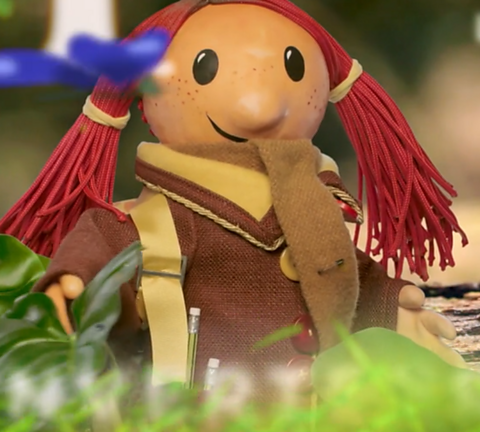
The magic three
There are three main classifications or types of minibeast: arthropods, molluscs and annelids.
Arthropods include insects, spiders and crustaceans (which have a hard shell or case on the outside) and myriapods (which are creatures with lots of legs like centipedes).
Molluscs often have a shell like a snail.
Annelids are worms.

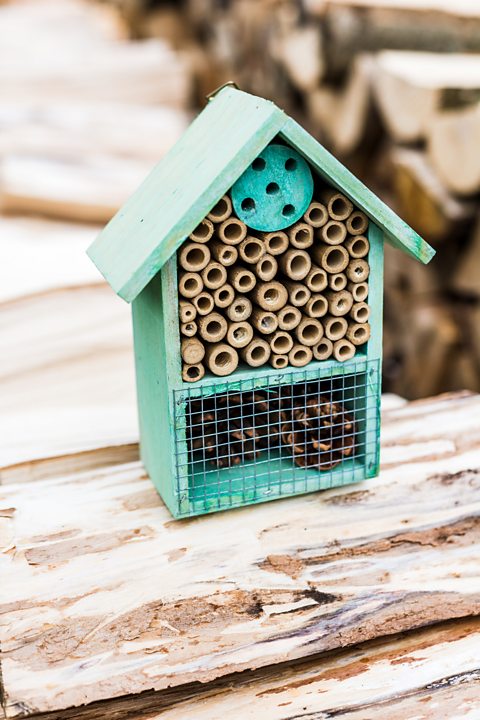
Where do minibeasts live?
When you are outdoors, you will find minibeasts nearly everywhere you look.
They live under logs and stones, and in leaf piles, ponds, trees, bushes, grass and soil.
Some like it dark and dry and others like it warm and wet.
Minibeasts can live in most habitats, from a desert to a lake.
Some people put bug hotels in their garden. These are little homes for minibeasts, built with natural materials to create a micro-habitat (a small space ideally suited to its occupants).


How do minibeasts survive?
Like all living things, minibeasts have to eat, drink, sleep and protect themselves from other animals who might want to eat them.
The colour and appearance of minibeasts are key to their survival. Many minibeasts have very good camouflage, blending them into their environment so that they can hide from predators or creep up on prey. Other minibeasts, like the monarch butterfly, have bright colours to warn predators that they are either poisonous or might taste disgusting!
Minibeasts eat all sorts of stuff. Some minibeasts feast solely on plant materials, while others eat sap and nectar. Some minibeasts eat other insects or even larger dead animals. Many minibeasts eat waste materials and dead matter and many have highly designed mouth parts to help them access their food.
Minibeasts move in a variety of wonderful ways. Some are very good at swimming. Others, such as bees, ladybirds and dragonflies, have wings which allow them to fly.
Those that move along the ground have a varied number of legs. Snails and slugs don’t have any legs at all, whereas a millipede can have up to 750!
Some minibeasts jump along. Did you know that a grasshopper can jump up to 20 times its length?

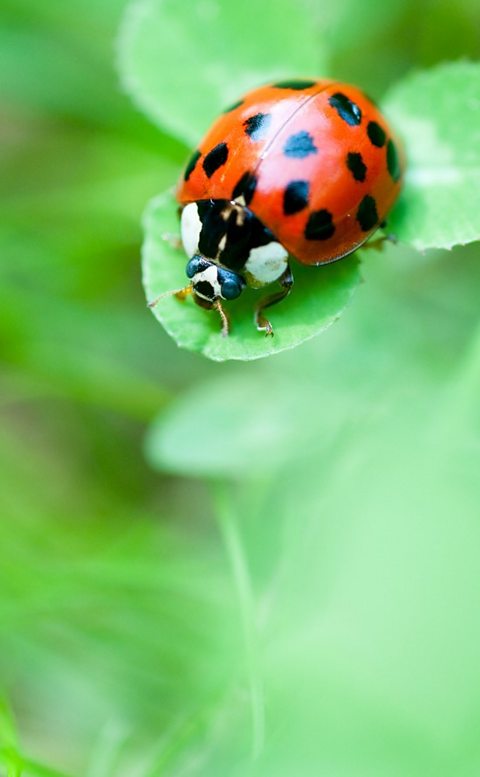
Why do we need minibeasts?
Minibeasts are really important in protecting all the beautiful nature that surrounds us.
They are eaten by other creatures and they help to pollinate plants.
They also eat dead and decaying matter, this allows nutrients to be recycled into the ecosystem.
They help farmers by eating other minibeasts that would otherwise destroy our crops.
Many people actually eat minibeasts and they are becoming an important source of protein. Insects are a very sustainable source of food and may become more widely eaten in the future.
Humans would not survive without minibeasts, so we need to make sure we take care of them and their habitats.

More on Where we live
Find out more by working through a topic
- count6 of 8
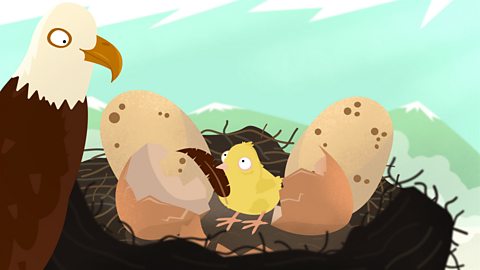
- count7 of 8
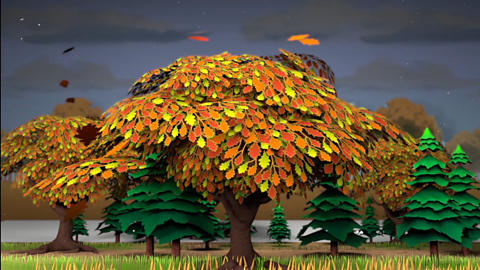
- count8 of 8

- count1 of 8
